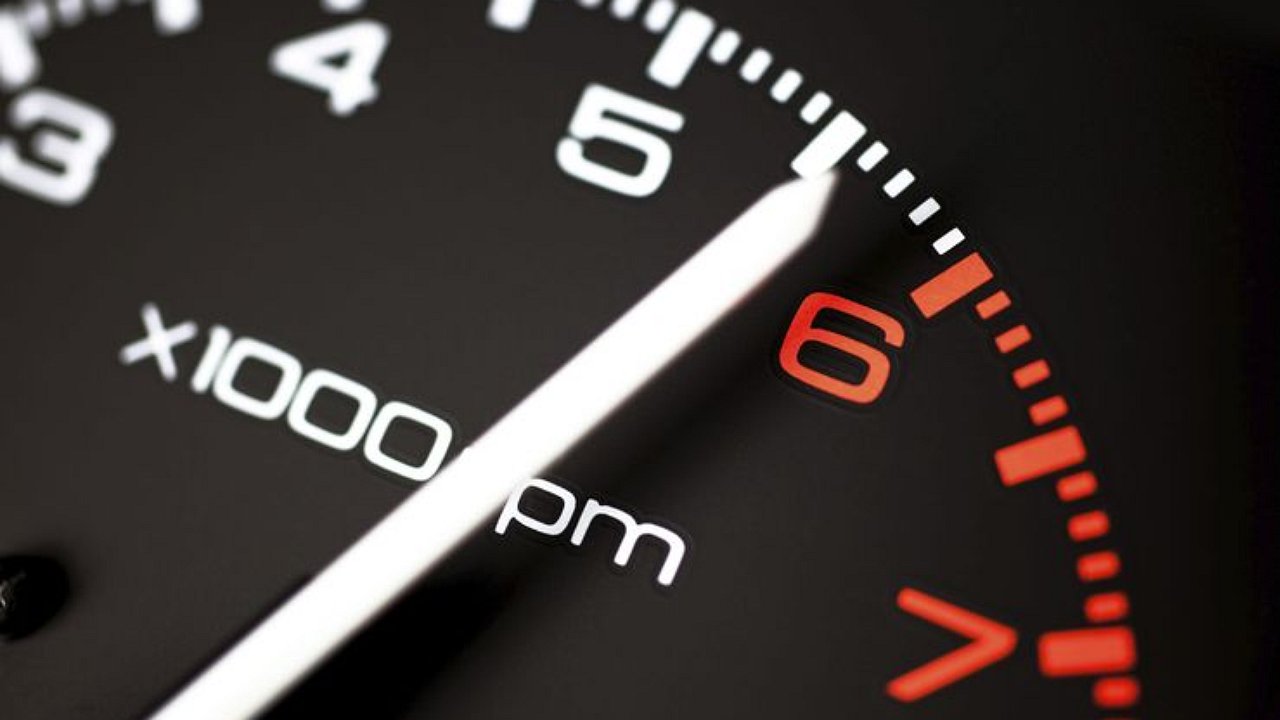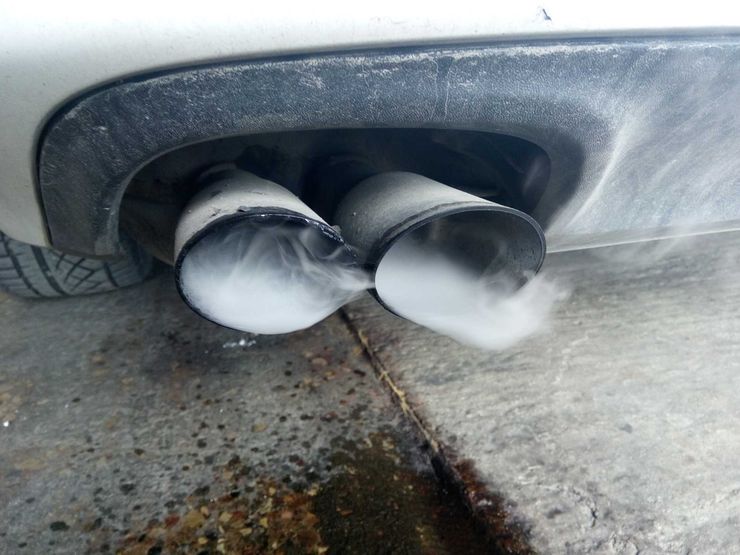With the onset of heat, motorists have more concerns: mounting tires, replacing consumables and even repairs. After all, it suddenly turns out that after the winter, the engine began to work intermittently. The AvtoVzglyad portal tells how to “cure” a light “spleen” from a power source yourself.
Winter leaves its marks on the engine. Cold starts, traffic jams and a generally slow driving style are the causes of a number of problems. For example, the performance of the oil pump decreases and various parts of the crank mechanism are subjected to greater stress.
In the worst case, this leads to a thinning of the anti-friction layer on the crankshaft linings. And improperly selected lubricant stimulates the appearance of scratches on the walls of the cylinders, and also leads to the gradual clogging of the oil channels. Slowly but surely this brings the unit to an oil shortage, which involves a major overhaul.
Let’s not forget the fuel system. During the winter, carbon deposits form on sprinklers and candles. Especially if you save on fuel. Dirt can also settle on the fuel pump screen in the tank. Here the car starts to “cough”.
Therefore, as soon as dry asphalt appeared outside the city, it is worth driving onto the highway and “frying” the car. That is, to go at high speeds (we’ll talk about the method below). So, the temperature in the power unit rises, as a result of which soot burns out in the combustion chambers, the candles are cleaned.
If the “iron horse” has a pressure system, then such openings are required. The fact is that the “snail” bypass valve will not work in the whole range, if you regularly get into traffic jams and lose your mobility.
The algorithm of actions is simple. We go to the suburban highway and keep the crankshaft speed close to 3000-5000 rpm. We drive for 30-40 minutes. If you have an “automatic”, variator or “robot”, we switch the transmission to manual mode. This prevents the “box” from switching. We are sure that the result will please, since such a ride will remove all condensate from the fuel tank and water from the exhaust system. But during the cold months, a lot of liquid accumulates there.
Do not forget that “dew” can also appear in the engine oil sump. This happens if you drive short distances in winter when it does not have time to warm up. The condensate is thus mixed with the oil, which reduces its protective properties. “Frying” solves the problem. And of course oil channels and candles are cleaned. And deposits on the injectors are reduced. So brutally press the gas to the ground. The asphalt is already dry. And do this procedure every 4000-5000 km. The engine will thank you.
Winter leaves its marks on the engine. Cold starts, traffic jams and a generally slow driving style are the causes of a number of problems. For example, the performance of the oil pump decreases and various parts of the crank mechanism are subjected to greater stress.
In the worst case, this leads to a thinning of the anti-friction layer on the crankshaft linings. And improperly selected lubricant stimulates the appearance of scratches on the walls of the cylinders, and also leads to the gradual clogging of the oil channels. Slowly but surely this brings the unit to an oil shortage, which involves a major overhaul.
Let’s not forget the fuel system. During the winter, carbon deposits form on sprinklers and candles. Especially if you save on fuel. Dirt can also settle on the fuel pump screen in the tank. Here the car starts to “cough”.
Therefore, as soon as dry asphalt appeared outside the city, it is worth driving onto the highway and “frying” the car. That is, to go at high speeds (we’ll talk about the method below). So, the temperature in the power unit rises, as a result of which soot burns out in the combustion chambers, the candles are cleaned.
If the “iron horse” has a pressure system, then such openings are required. The fact is that the “snail” bypass valve will not work in the whole range, if you regularly get into traffic jams and lose your mobility.
The algorithm of actions is simple. We go to the suburban highway and keep the crankshaft speed close to 3000-5000 rpm. We drive for 30-40 minutes. If you have an “automatic”, variator or “robot”, we switch the transmission to manual mode. This prevents the “box” from switching. We are sure that the result will please, since such a ride will remove all condensate from the fuel tank and water from the exhaust system. But during the cold months, a lot of liquid accumulates there.
Do not forget that “dew” can also appear in the engine oil sump. This happens if you drive short distances in winter when it does not have time to warm up. The condensate is thus mixed with the oil, which reduces its protective properties. “Frying” solves the problem. And of course oil channels and candles are cleaned. And deposits on the injectors are reduced. So brutally press the gas to the ground. The asphalt is already dry. And do this procedure every 4000-5000 km. The engine will thank you.
Source: Avto Vzglyad
Donald Salinas is an experienced automobile journalist and writer for Div Bracket. He brings his readers the latest news and developments from the world of automobiles, offering a unique and knowledgeable perspective on the latest trends and innovations in the automotive industry.














